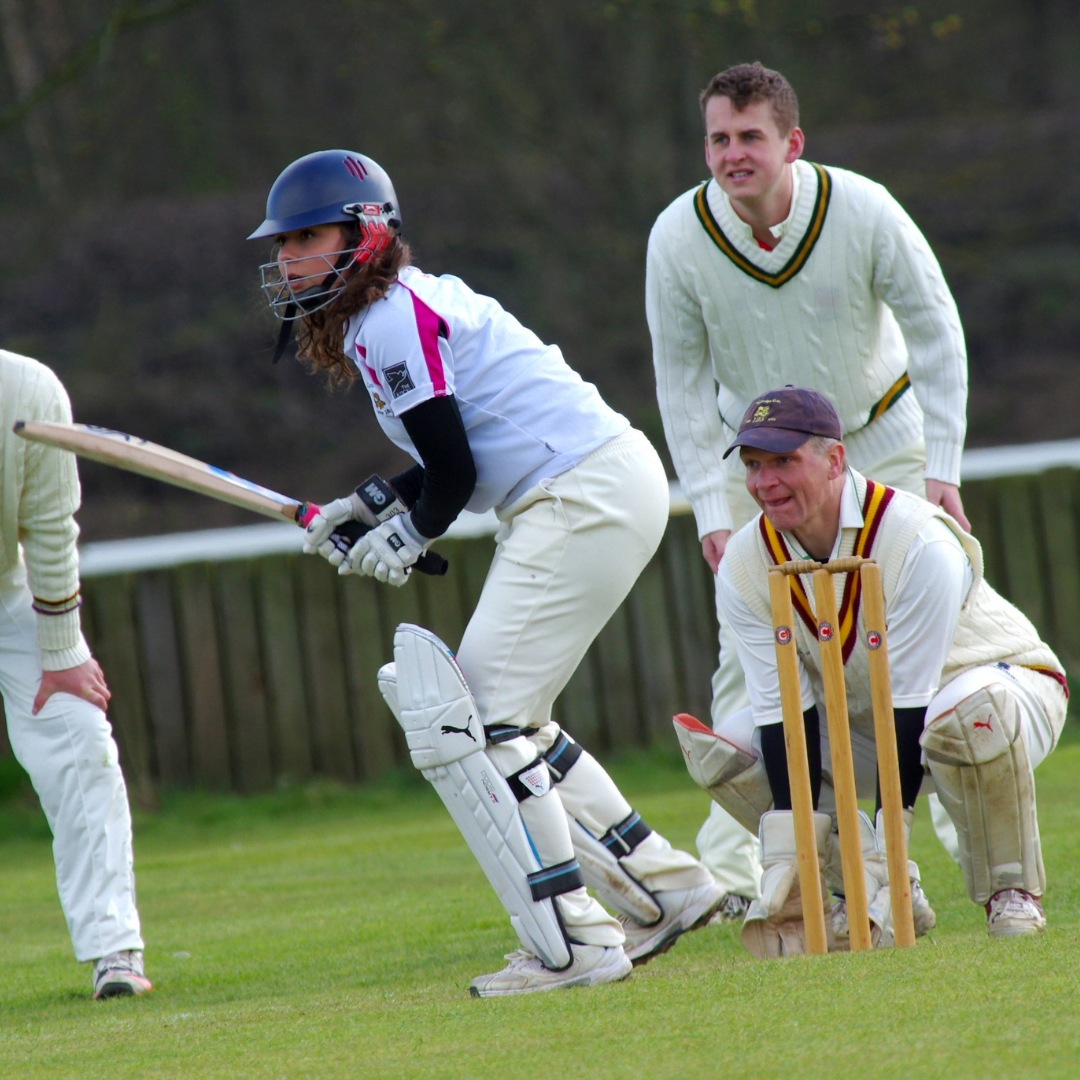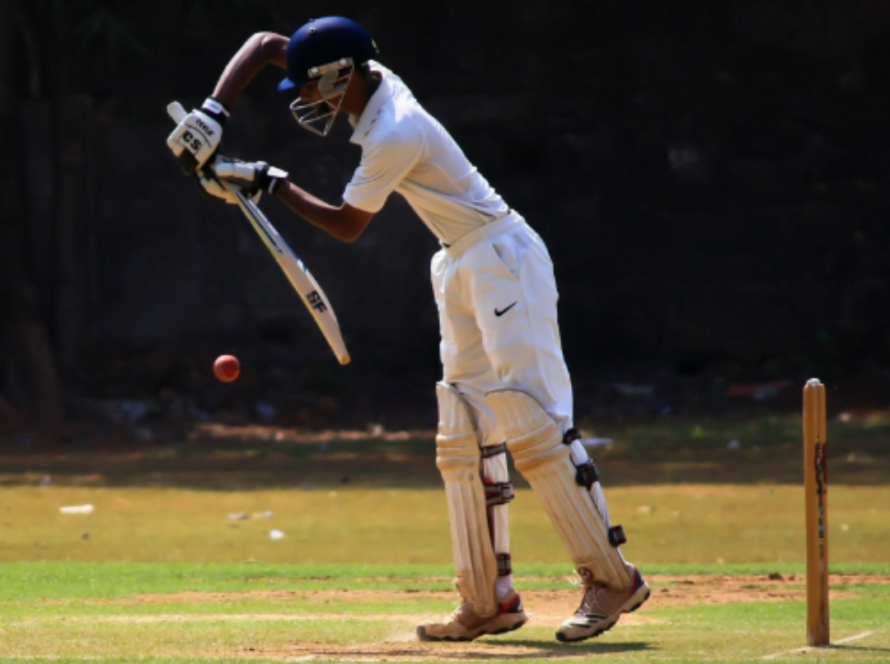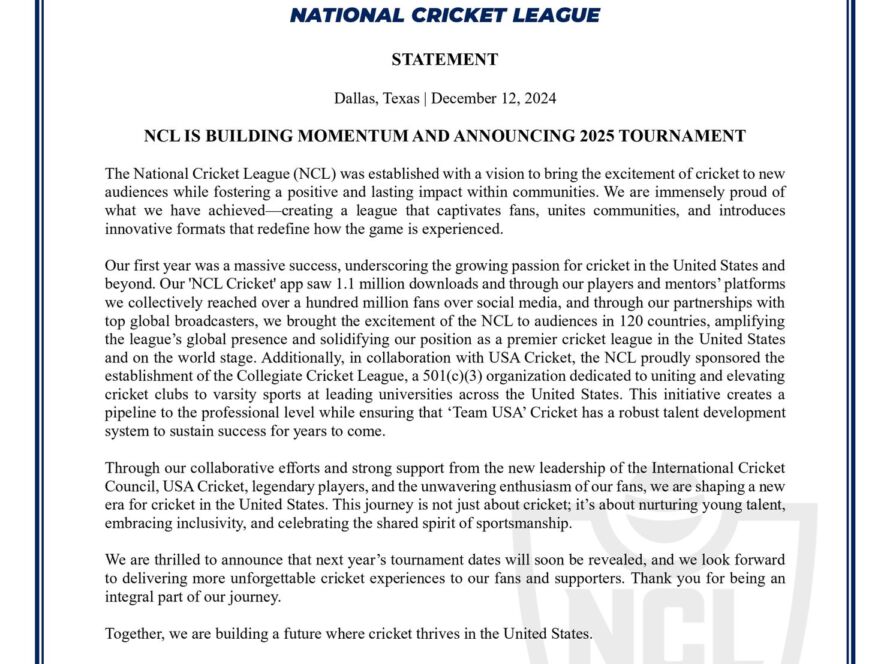Cricket being an age old game has undergone a lot of changes when it comes to the equipment used by the players. Cricket equipment has also shown an evolutionary process from the less complex tools that were in use during the early stage of the sport to the enhanced sophisticated tools used by players in the current society. Now let me start uncovering its history beginning with how cricket bats, balls and other crucial equipment has evolved
Cricket Bats
Early Bats:
Originally, cricket bats as a sports equipment, were not like today’s flat blade, instead resembled the hockey stick still used in the 16 th Century. Yes, they were curved, and their purpose was to strike the ball on the ground.
18th Century
From mid 1700 the form of the bat started to change gradually, the face of the bat is flatter and the blade part of the bat is comparatively wider than the earlier bats. This was partially helped by pitching the ball – demanding that batsmen be able to deal with the balls which are rolled off the pitch.
Modern Bats:
Modern cricket bats are made up of fine willow wood, be it English willow or Kashmir willow. Contemporary models are flattened, possess a of clear pouch location, and are produced to produce great power combined with the best control possible. The handles are of cane rubber to enable flexibility and the material of shock absorption on contact with the ball.
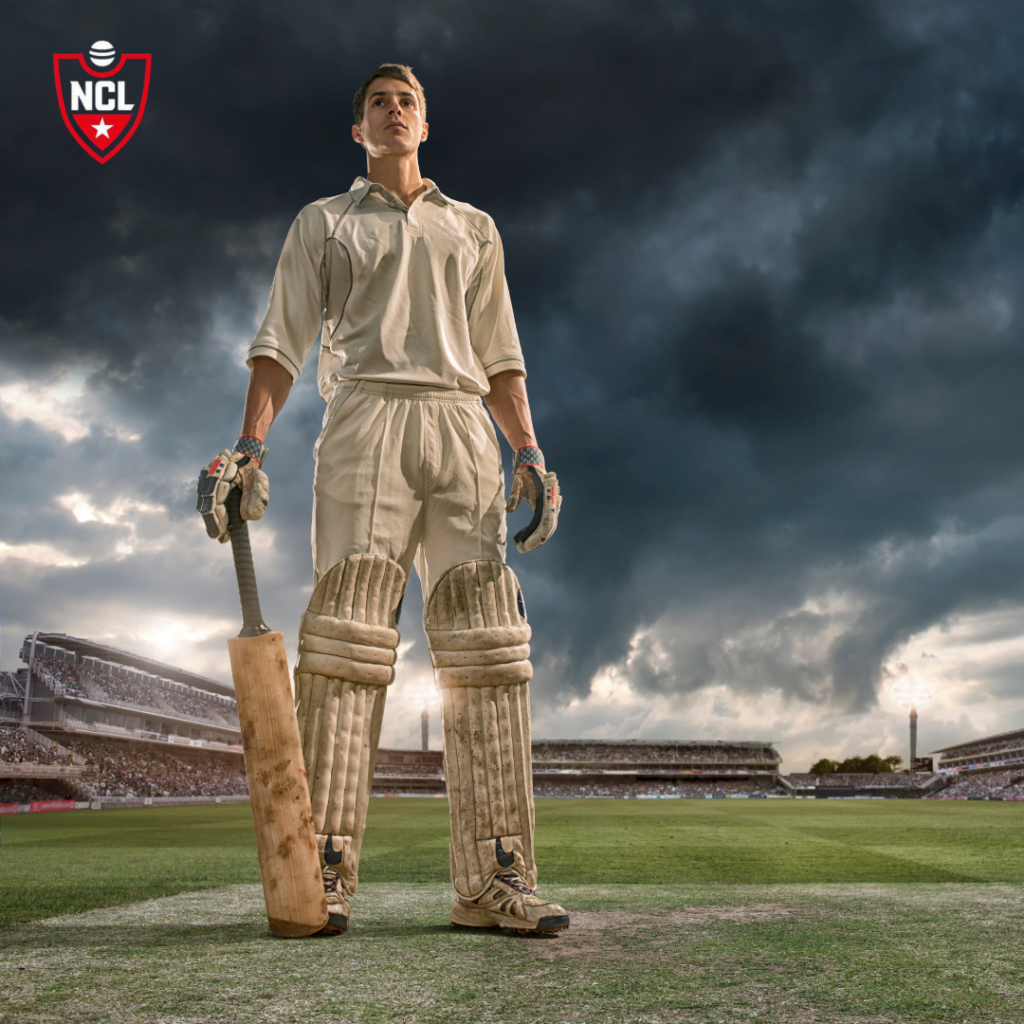
Cricket Balls
Early Balls:
The first cricket balls used were a hard and a solid substance normally covered with leather. These balls have not been well made and do not have the somewhat standardized spherical design of modem balls.
Standardization:
This development of cricket balls reached its modern proportions in the certainty of the nineteenth century where cricket balls were uniformed, made of a cork center surely wound with string and then anointed with high class leather skin. The standard weight was set between 155 pounds as the mean or central tendency for these statistics was deemed as convenient for the calculation of weights. 9 and 163 grams.
Modern Balls:
Modern cricket balls are of the same kind regarding the construction; it has been a considerable improvement in the way the balls are manufactured and specifically the process of making them come out uniform and more durable. In Test cricket a red ball is used while in the one-day and T20 Internationals, a white ball is used. Day-night Tests has also added pink balls to the colored balls that are used in one day cricket.
Protective Gear
Early Days:
During cricket’s infancy, the available protective equipage was distinctly limited. Men exposed themselves to severe injuries with comparatively little in the way of protective equipment.
Pads and Gloves:
Pads and Gloves: Expanded widths that were introduced in the nineteenth century had prevented the chances of getting injured by fast bowling. Batting gloves which where initially just leather gloves extended to have padding and protection to fingers.
Helmets
Helmets were manufactured and adopted in the early 1970s after several players got badly injured. Contemporary protective helmets are manufactured from carbon fiber material and incorporate face shield and grillages for protection of the head.
Additional Protection:
Modern players wear a protective kit that embrace thigh guards, arm guards, chest guards, and abdominal guards to shield themselves against stiff deliveries.
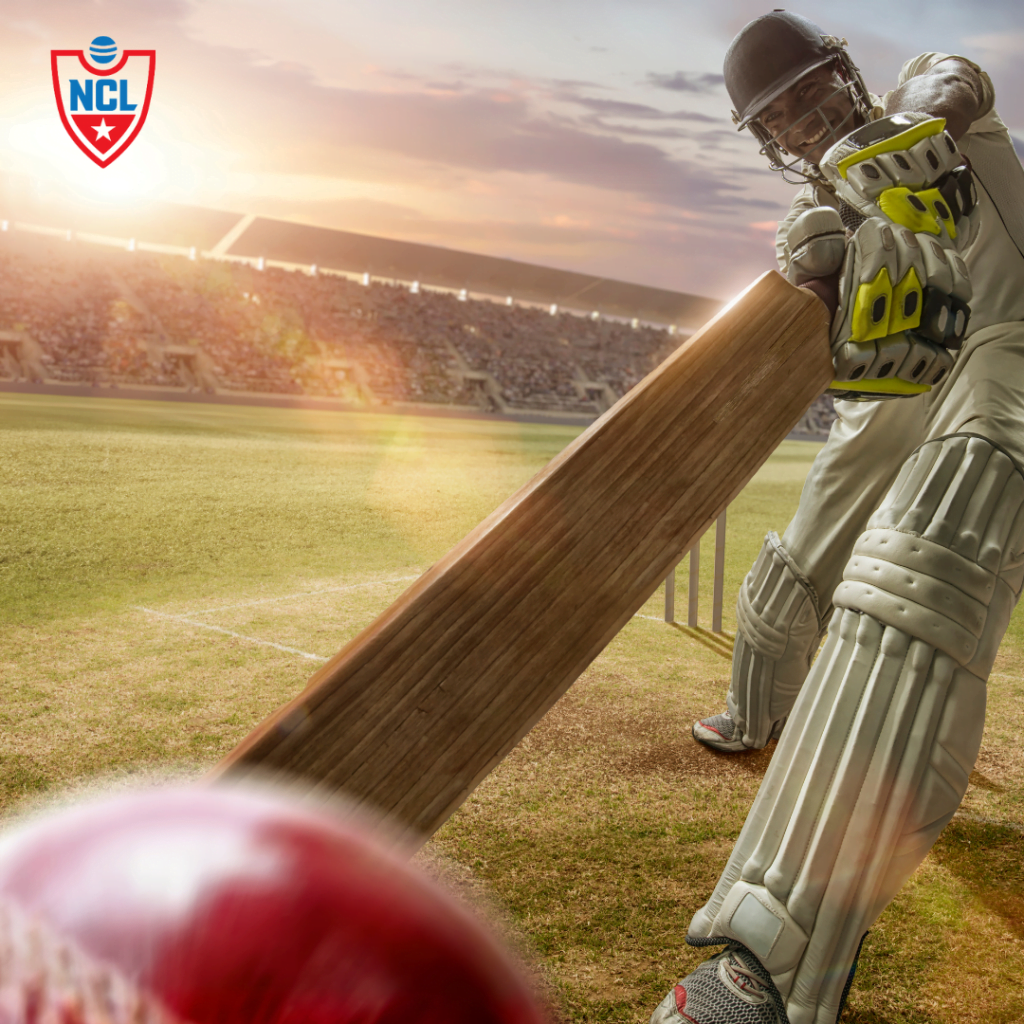
Footwear:
Early Footwear:
First, players were using ordinary shoes which hardly provided any traction or support during the game..
Spiked Shoes:
In the twentieth-century the spikes in cricket footwear further enhanced the comfort of the shoe and the stability provided by the shoe on usually grassy surfaces.
Clothing
Colored Kits:
The new short form matches introduced colored kits to make the game much more enjoyable to the watching crowd. Newer models are fashion by light-weight materials that allow for breathability to improve the wearing experience by the players.
Conclusion
This aspect increases the understanding of the growth and development of the game and the manner in which players and manufacturers have strived to enhance the capabilities and protection of the game’s users. From the simple crude bats and balls during crickets infancy up to the technical equipment used in present day cricket, has not been in vain in defining what cricket is. In the future due to technological developments there are bound to be new developments which will in a way benefit the players and the fans of the game.

